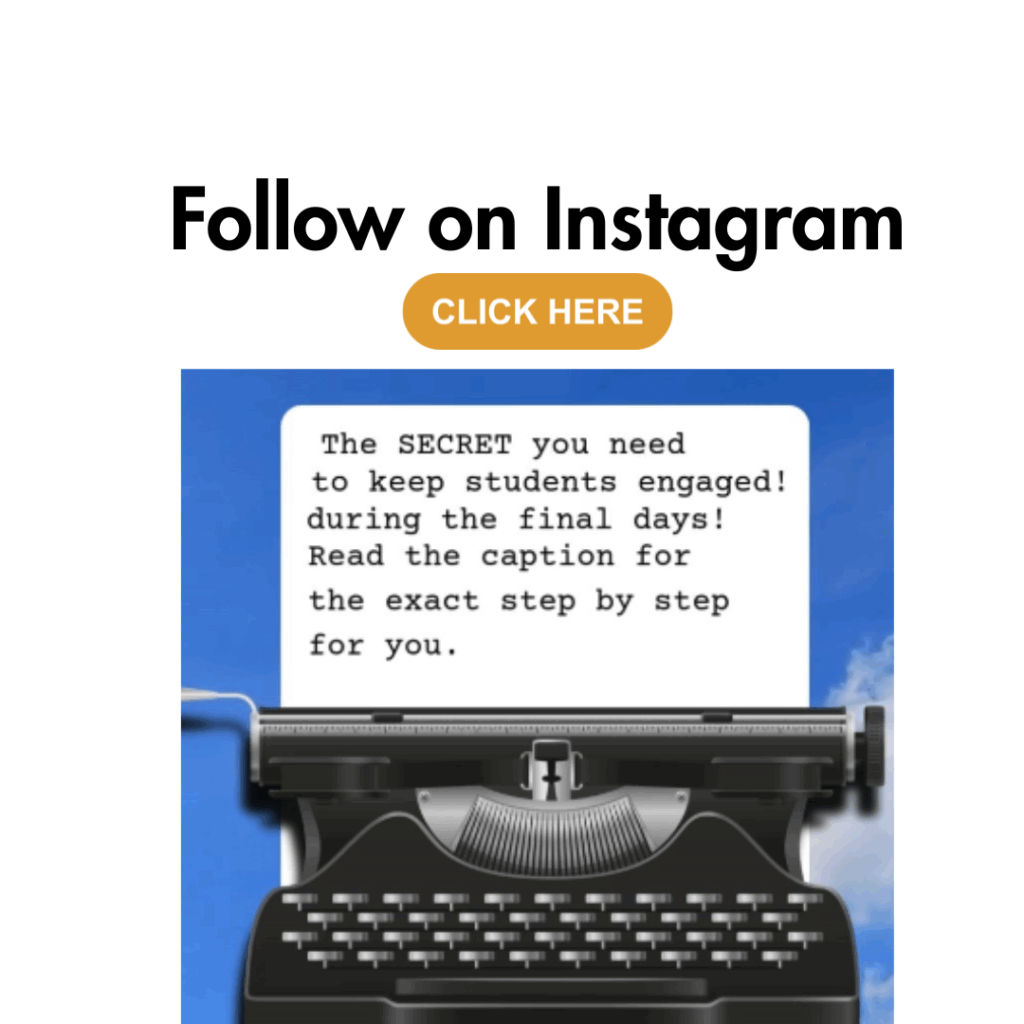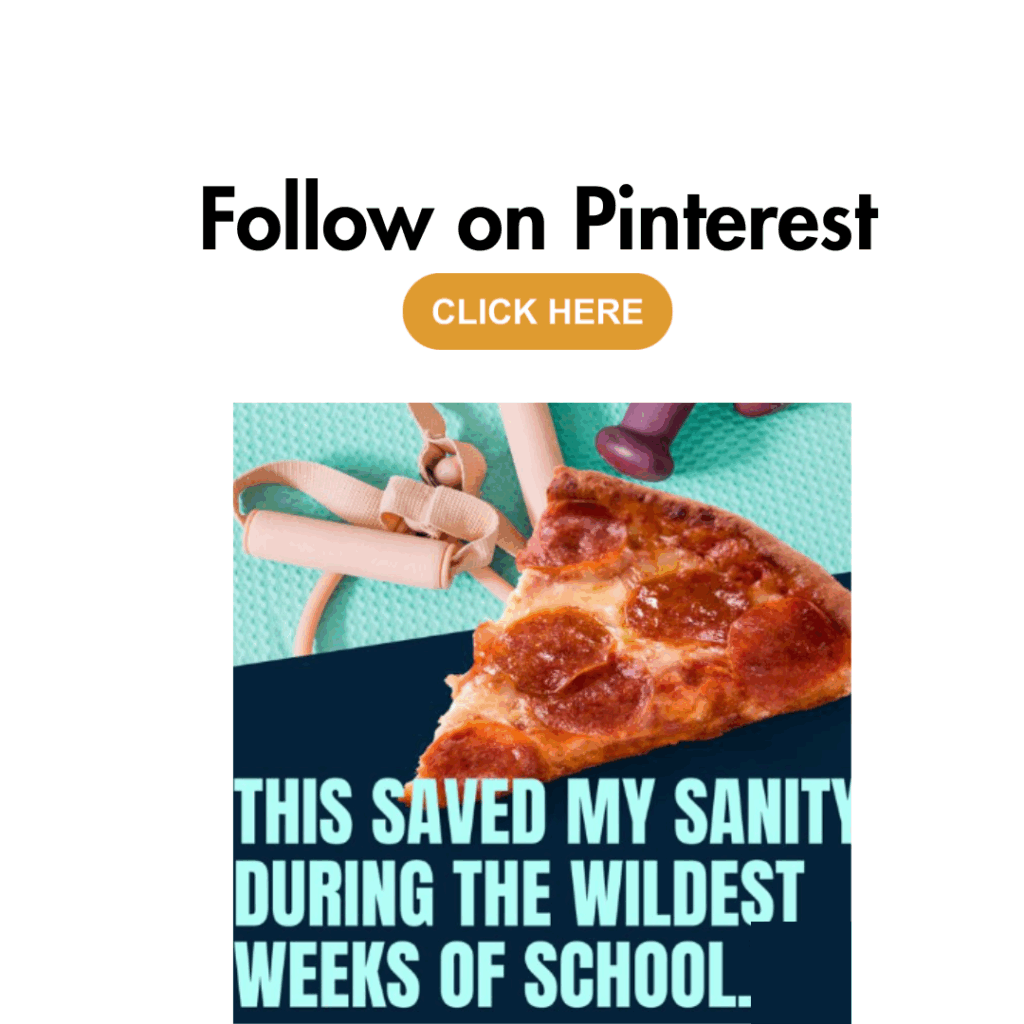Last updated on May 26th, 2025 at 10:06 pm
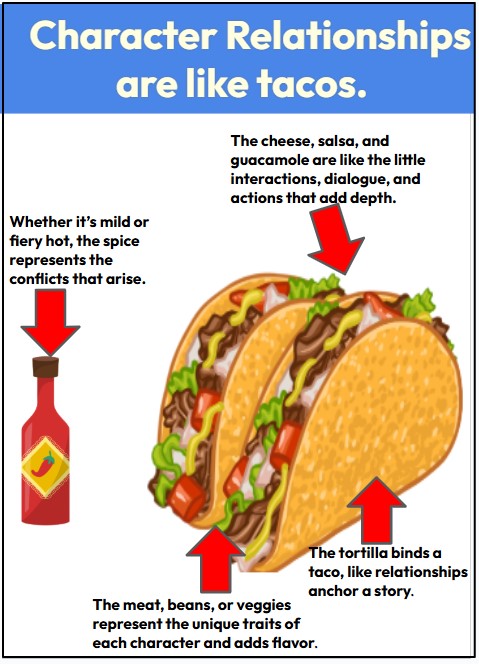
Let’s start simple: In Little Red Riding Hood the main characters are Red Riding Hood, grandma, and the wolf. Easy right? Now let’s level it up and start analyzing the relationship between the characters. That one word analyze flipped the thinking from surface to deep. In this post, you’ll uncover the 3 most common mistakes teachers make when teaching character relationships and how to fix them using easy strategies, creative activities, and the STEAL method.
What You’ll Learn About Teaching Character Relationships
- How to spot weak character analysis instruction before it tanks your lesson.
- Use the 5 STEAL strategies to analyze character relationships
- Learn how to make character analysis fun (no dry comprehension questions required)
What is Character Relationship Analysis?
Character relationship analysis means understanding how two or more characters’ actions, dialogue, and interactions influence each other. Take two siblings, Colby and Caylin. Yes they have a sibling relationship, this is just labeling a connection. But Colby is quiet, loves fishing, and hoards anything and everything. Caylin is a social butterfly and enjoys hanging out with her friends. Knowing this information, would it be a good idea for their mom to plan a joint surprise party for both of them? Probably not. That’s the power of relationship analysis-seeing beyond labels to understand what really makes people (and characters) tick.

Why Teaching Character Relationships Is a Critical ELA Skill
Character analysis goes way beyond text. This skill isn’t just for fiction. It’s used daily. It’s called people skills. How you do life with people is based on their actions, speech, and interactions. Here’s what happens when character relationship instruction falls flat.
📉Students struggle with state assessment questions.
🤔They confuse character traits with relationships. (Traits are who they are and relationships are the how they connect.)
🗣️Classroom discussions become surface level. (They were friends.)
Students struggle with understanding how a person or character has multi-layers and over time these moments build connections.
3 Common Mistakes Teachers Make When Teaching Character Relationships
These are the biggest mistakes I see (and made myself):
- Teaching characters in isolation. Red Riding Hood was not the only character in the story. She encountered the wolf, grandma, and others and those moments developed the story.
- Using vague, overused questions like How does character A feel about character B? Reword this question to focus on the outcomes such as How does character A’s behavior suggest that she is jealous of character B?
- Making character analysis, I say this lovingly, boring.
These may look familiar. But these blunders are fixable with a few simple tweaks.
How to Fix these mistakes
Connection is the key. Again, I am going to use the familiar story Little Red Riding Hood so you can see these tweaks in action.
Mistake #1: Teaching characters in isolation
Old way of thinking: Describe Little Red Riding Hood.
New way of thinking: What effect does the wolf’s disguise have on Red Riding Hood? (This shifts the focus from character traits to how character relationships drive the plot forward.)
Visual solutions: Cause and effect graphic organizer
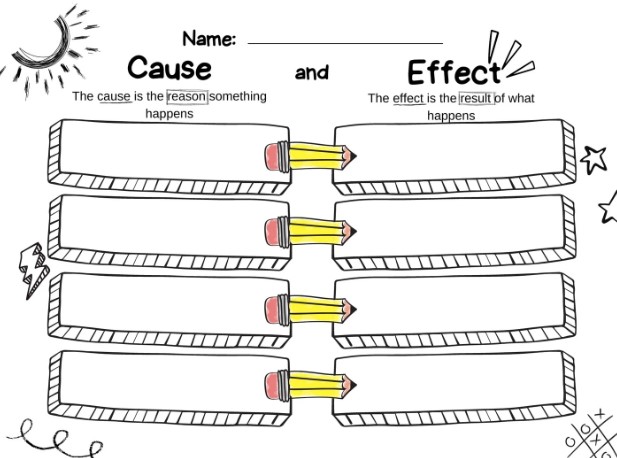
Mistake #2: Asking vague questions and not using the 5 method process
Old way of thinking: How do Red Riding Hood and grandma get along?
New way of thinking: Guide students through a 5 method process: STEAL. S-speech T-thoughts E-effect on others A-actions L-looks For example, ask: What causes the conflict between Red Riding Hood and the wolf? Use the STEAL method (Speech, Thoughts, Effect, Actions, Looks) to dig deeper into their character relationship and uncover the cause of the conflict.
Visual Solution: Use a STEAL graphic organizer to help students analyze character relationships based on evidence from speech, actions, and more.
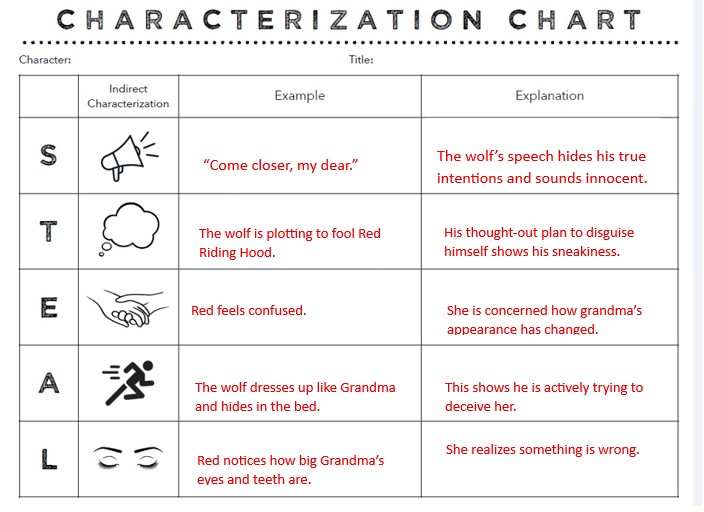
Mistake #3: Making it boring
Don’t get me wrong, worksheets have their place. But anytime you can bring in movement, choice, and creativity, students retain better.
Old way of thinking: One worksheet with comprehension questions.
New way of thinking: Take that same worksheet and do one of the following:
- Cut apart the questions and post around the room (you just make task cards).
- Create a comic strip that demonstrates the relationship between two characters.
- Make it a partner challenge where students work in pairs and take turns answering the questions and explaining their thinking. Add a timer for more fun.
- Create a scoot game. Post questions around the room and let students “scoot” from one to the next with clipboards or sticky notes. Use music as a timer.
- Use scented markers. Trade that pencil for “smellies” and suddenly it is fun.
Each of these tweaks brings character interactions to life. When paired with the STEAL method, they help students master even complex character relationships with confidence.
Conclusion
Character analysis is moving from the shallow end of the pool to the deep. It looks at how speech, thoughts, effects, actions, and looks build or tear down relationships.
Want a plug-and-play lesson structure to save you time? Grab these lesson plans and activities for your specific genre that walks your students through warm-ups, modeling, guided notes, small group analysis, and more. Click the image below to get it instantly.👇👇
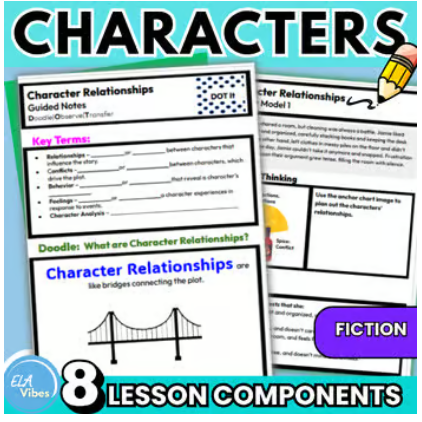
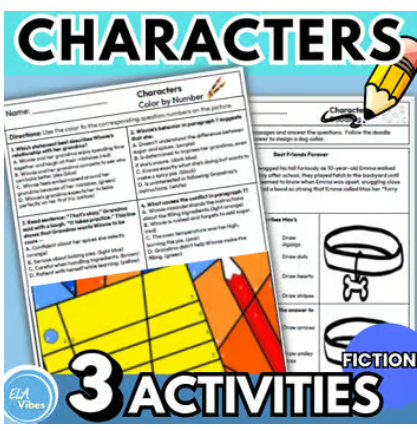
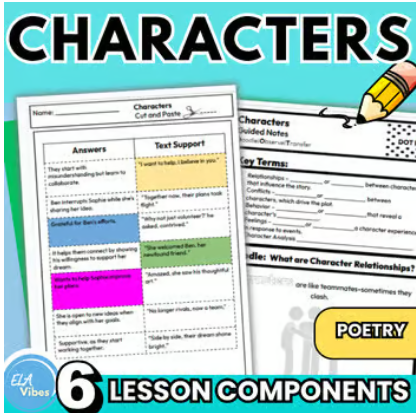
Additional resources to add to your toolbox
https://elavibes.co/how-to-differentiate-reading-instruction-in-3rd-5th-grade/
